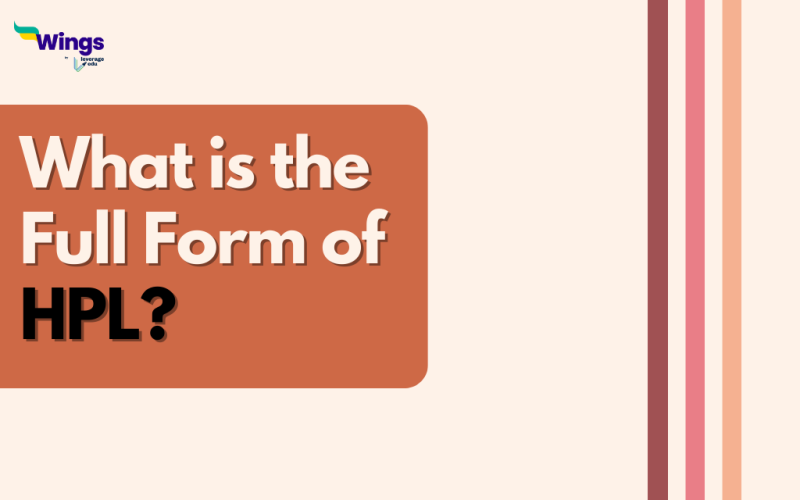HPL Full Form is Human Placental Lactogen. Its structure and capabilities are comparable to those of human growth hormone. To ensure that the baby has access to enough energy during pregnancy, it modifies the mother’s metabolic state. HPL contains anti-insulin characteristics. The syncytiotrophoblast secretes the hormone HPL during pregnancy. HPL is also encoded by genes on chromosome 17q22–24, like human growth hormone. It was stumbled upon in 1963.
Structure
Table of Contents
HPL is a single-chain protein with a molecular weight of 22,125 that is composed of 191 amino acid residues connected by two disulfide bridges & eight helices. To a resolution of 2.0, X-ray diffraction was employed to determine HPL’s crystal structure.
Physiologic Functions
HPL has the following effects on the maternal organism’s metabolic system:
Although a bioassay shows that HPL mimics prolactin’s activity, it is unclear whether HPL is involved in human lactation.
Metabolic
- Greater maternal insulin sensitivity leads to higher blood sugar levels in the mother.
- Consumption of glucose by the mother, which helps to nourish the embryo (the mother reacts by producing more beta cells). Chronic hypoglycemia leads to an increase in HPL levels.
- When free fatty acids are liberated, lipolysis takes place. Fasting and the breakdown of HPL make free fatty acids accessible to the mother’s body to consume as fuel, enabling the foetus to use a significant amount more glucose. Free fatty acid-derived ketones can potentially cross the placenta and be used by the developing embryo.
- These processes support embryonic feeding even in cases of maternal deficiency.
- HPL is a potent agonist of the prolactin receptor and a weak agonist of the growth hormone receptor.
Levels
Only during pregnancy is HPL present, and as the foetus & placenta develop, so do the maternal serum levels of HPL. Maximum concentrations are frequently reached quickly, at 5-7 mg/L (5-7 micrograms/ml). Patients with more pregnancies typically have greater levels. Small levels of HPL make it into the circulation of the foetus. Its biological half-life is 15 minutes.
This was all about the HPL Full Form. Visit our Full Form Page to discover more intriguing articles about full forms. You can also get a consolidated list of 300+ full forms here! Get in touch with the experts at Leverage Edu in order to kickstart your study abroad journey!
 One app for all your study abroad needs
One app for all your study abroad needs













